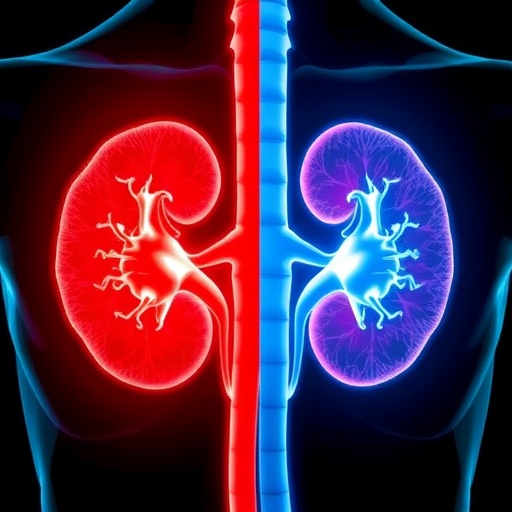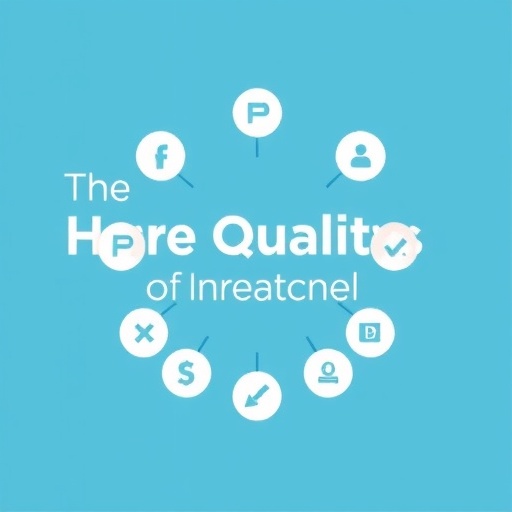The yeast fungus Candida albicans has long been recognized as a dual-natured microorganism residing within the human microbiome: typically benign but with the potential to turn pathogenic under certain conditions. In a groundbreaking study published in the journal Nature Microbiology on September 25, 2025, an international team of researchers has unveiled a nuanced role for the fungal toxin candidalysin in balancing infection and colonization of the oral mucosa. Unlike previous understandings that depicted candidalysin solely as a virulence factor causing tissue damage during infection, this study reveals that the toxin’s finely tuned expression is essential for the fungus’s ability to inhabit the mouth inconspicuously.
Candida albicans exists normally in yeast form, characterized by round cells. However, when transitioning to pathogenicity, it undergoes morphological transformation into elongated hyphal cells, which can penetrate host tissues. This hyphal state is accompanied by the production of candidalysin, a cytolytic peptide toxin that directly damages host epithelial cells, triggering immune responses. The new research reveals that candidalysin functions beyond toxicity; it acts as a molecular key, permitting Candida albicans to establish a persistent niche in the oral mucosa by modulating the host’s immune surveillance mechanisms.
Bernhard Hube, leader of the Microbial Pathogenicity Mechanisms Department at the Leibniz Institute for Natural Product Research and Infection Biology (Leibniz-HKI), emphasizes the importance of toxin regulation: “Candidalysin is not just a weapon; it’s also a necessary tool that Candida albicans wields subtly to colonize the oral cavity. The fungus must produce candidalysin within a critical concentration window — too little and it cannot establish colonization, too much and it triggers immune activation that leads to its clearance.” This discovery challenges the binary perception of candidalysin solely as an agent of damage and highlights its role in fungal commensalism.
To decode this balance, the research leveraged genetically tractable mouse models, allowing precise dissection of fungal-host interactions. The team utilized two distinct Candida strains with contrasting behaviors: the laboratory strain SC5314, notorious for its robust hyphal elongation and high candidalysin output, provokes rapid immune responses, resulting in the fungus’s swift elimination from the oral cavity. Conversely, the naturally occurring strain 101 produces low candidalysin levels, enabling it to persist undetected in the mucosa. These strains served as paradigms illustrating how variations in toxin expression govern the fine line between commensalism and pathogenicity.
Genetic manipulation played a crucial role in unravelling the mechanisms governing candidalysin expression. Researchers targeted the EED1 gene, a key regulator implicated in hyphal extension and indirectly controlling candidalysin synthesis. Alterations in EED1 expression disrupted the fungus’s ability to maintain hyphal growth and modulated toxin production, thereby influencing colonization outcomes. This finding underscores the sophisticated genetic control Candida albicans exercises over its morphological state and virulence factor production to navigate host environments successfully.
Significantly, bioinformatic analyses conducted by collaborators at the Institut Pasteur in Paris placed these genetic traits in an evolutionary framework. The conservation of candidalysin biosynthetic pathways across diverse Candida isolates suggests that this toxin has been evolutionarily preserved not merely for pathogenic aggression but for its pivotal role in establishing homeostasis within host niches. Such evolutionary insights hint at a co-adaptive history where the fungus balances its survival with minimal immune provocation.
From an immunological perspective, candidalysin acts as a signal that modulates epithelial and immune cell responses. When produced in moderate amounts, it appears to prime the immune system towards tolerance or subdued activity, enabling fungal persistence. Excessive candidalysin, however, activates robust inflammatory cascades involving neutrophils and epithelial damage, culminating in fungal clearance. This dose-dependent immunomodulatory property highlights candidalysin as a master regulator of host-microbe dynamics in the oral environment.
The implications of this study extend to understanding other Candida-associated mucosal infections. While the researchers caution that direct therapeutic applications targeting candidalysin in oral candidiasis remain nascent, prior findings in vaginal candidiasis demonstrate that neutralizing the toxin can reduce tissue damage and inflammation. This suggests a promising avenue whereby modulating candidalysin activity may provide therapeutic benefit by attenuating pathogenicity without completely eradicating the commensal fungus, preserving microbial balance.
Moreover, this research enhances our comprehension of fungal pathogenicity as a spectrum rather than a binary state. Candida albicans’s ability to fine-tune morphogenesis and toxin production exemplifies a strategic adaptation, avoiding immune clearance while maintaining potential virulence. This nuanced interplay between host defenses and fungal behavior could inform novel strategies for managing fungal infections, shifting from conventional eradication to modulation of microbial-host equilibrium.
The multi-institutional nature of the study, spearheaded by the University of Zurich with pivotal contributions from the Leibniz-HKI in Jena and the Institut Pasteur in Paris, underscores the integrative approaches necessary to tackle such complex microbial phenomena. Supported by Germany’s DFG Cluster of Excellence ‘Balance of the Microverse’ and the Collaborative Research Center ‘FungiNet,’ this work exemplifies how cross-disciplinary research networks drive innovation in infectious disease biology.
In conclusion, candidalysin emerges as a double-edged molecule: indispensable for the oral colonization of Candida albicans yet capable of triggering destructive inflammation if dysregulated. Future research focused on the molecular mechanisms fine-tuning its expression and interaction with host immunity promises to redefine therapeutic paradigms for fungal diseases. Understanding this delicate molecular choreography opens new horizons in exploiting host-microbe interactions for health maintenance and disease prevention.
Subject of Research: Role of candidalysin in Candida albicans oral colonization and immune system interaction
Article Title: Dynamic Expression of the Fungal Toxin Candidalysin Governs Homeostatic Oral Colonization
News Publication Date: 25-Sep-2025
Web References: http://dx.doi.org/10.1038/s41564-025-02122-4
Image Credits: © Erik Böhm, Leibniz-HKI
Keywords: Candida albicans, candidalysin, oral colonization, fungal toxin, immune modulation, hyphal formation, EED1 gene, microbiome, host-pathogen interaction, fungal pathogenicity, mucosal immunity, evolutionary biology




